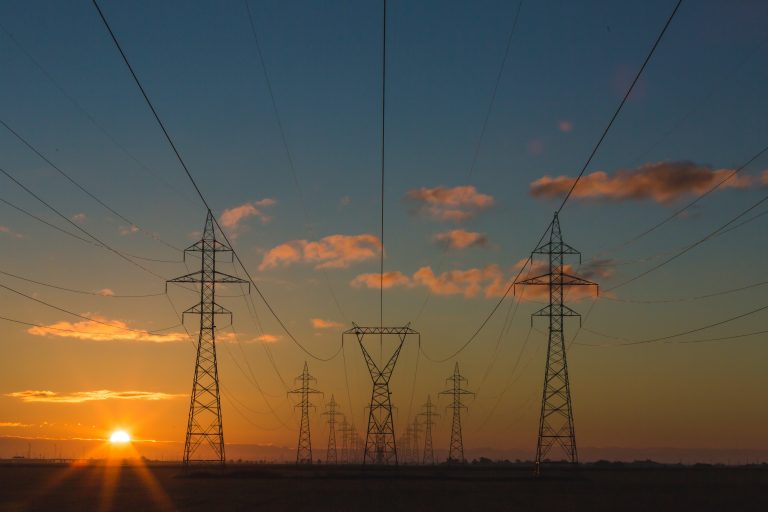Greywater harvesting
Greywater harvesting is the process of collecting and reusing water from sources such as sinks, showers, bathtubs, and washing machines, which is considered “greywater.” This water is not contaminated with sewage or human waste, unlike blackwater, which comes from toilets.
Greywater can be reused for non-potable purposes like irrigating gardens, flushing toilets, and cleaning, which helps conserve fresh water and reduce water bills. Here are some key points about greywater harvesting:
- Sources of Greywater:
- Bathroom sinks and showers
- Bathtubs
- Laundry water (excluding water from clothes washed with hazardous chemicals)
- Benefits:
- Reduces fresh water consumption
- Lowers water treatment costs
- Can help in drought-prone areas
- Reduces the burden on sewage treatment systems
- Treatment:
- Some greywater can be used untreated for irrigation (depending on its source).
- More advanced treatment systems, such as filtration and disinfection, may be needed for other uses, such as flushing toilets.
- Legal Considerations:
- In some places, there may be regulations regarding the reuse of greywater. It’s essential to check local guidelines and restrictions to ensure safe and legal harvesting.
- Simple Greywater Systems:
- A typical greywater system consists of a collection point (e.g., a laundry or shower drain), pipes to direct the water, a filtration system (in some cases), and a distribution network (e.g., irrigation).
- Potential Concerns:
- Soap, detergent, and cleaning chemicals can sometimes make greywater unsuitable for certain uses without proper treatment.
- It is important to ensure the system is well-maintained to prevent odors or contamination.
Greywater harvesting can be a sustainable way to manage water resources, especially in regions facing water scarcity.





